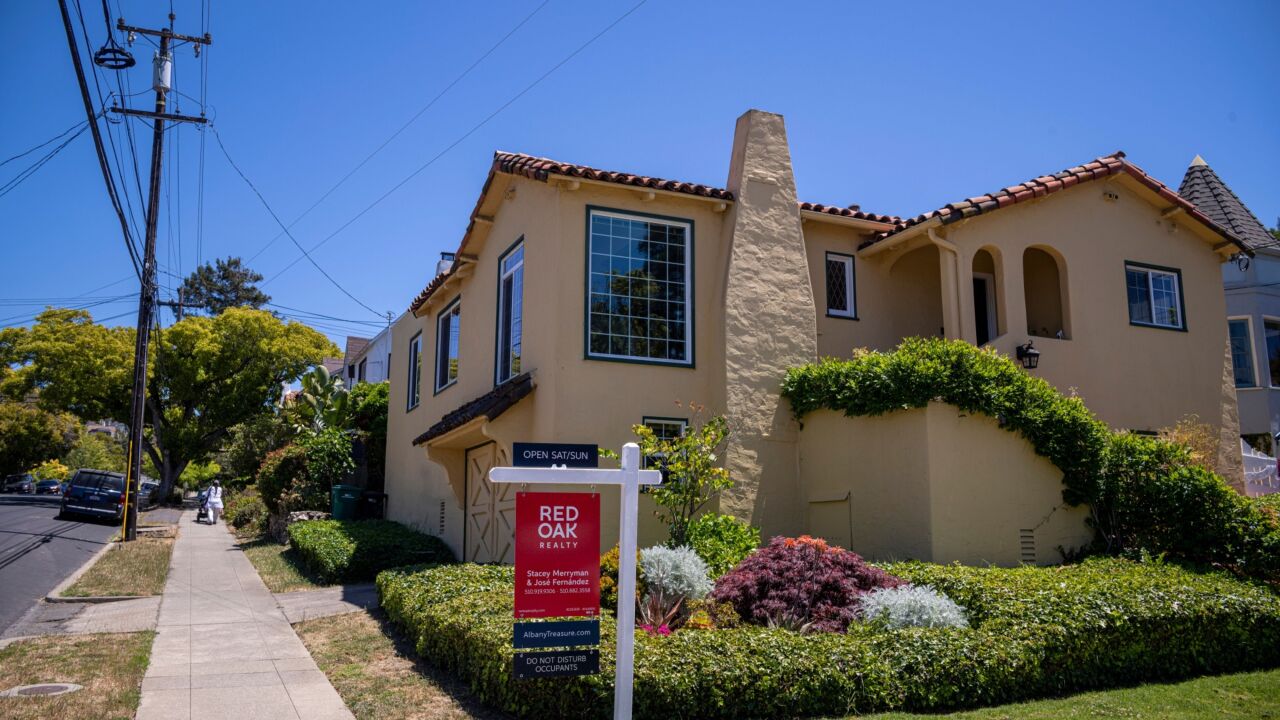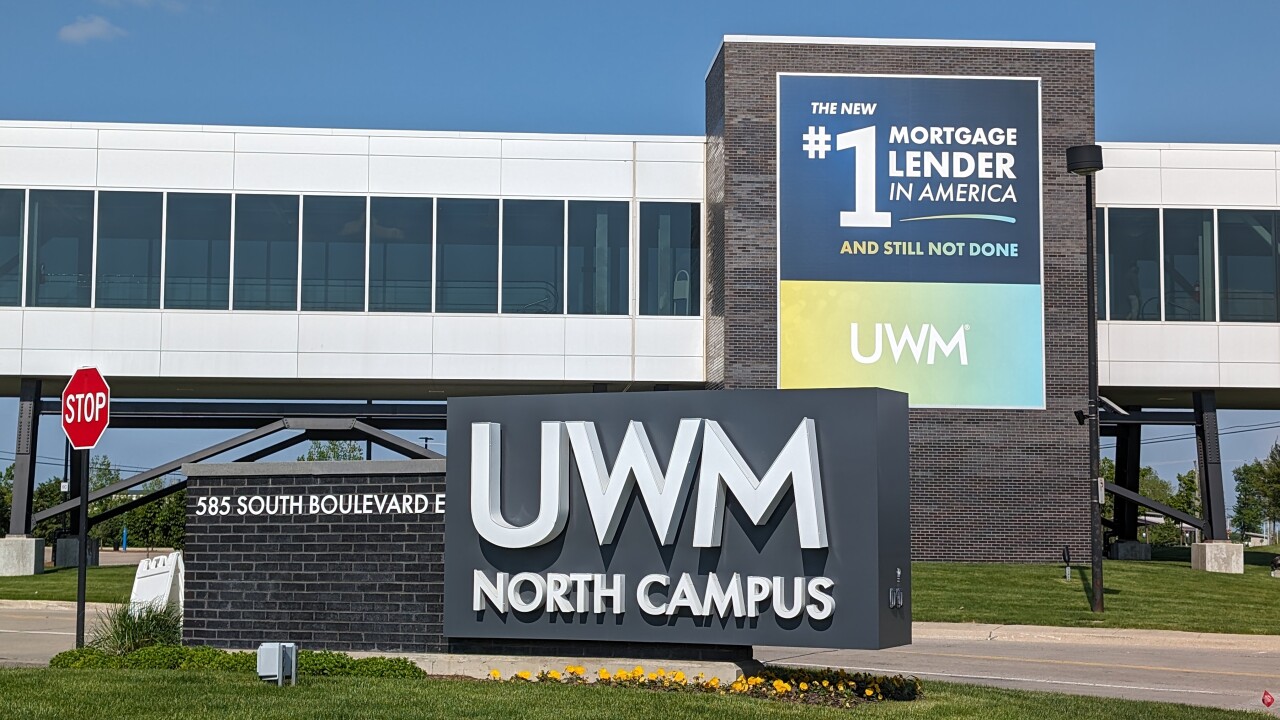Fannie Mae helps borrowers buy homes. Soon it might help build them, too.
The mortgage-finance giant is considering a series of pilot programs to address an issue that has plagued the real estate market for years: a lack of affordable homes. Fannie's first initiative, which hasn't been finalized, would potentially make it cheaper and simpler for prospective home buyers to get loans to construct new residences.
"Everything is about supply right now,"
In many cities, home values have surpassed their boom-era peaks. With lots of buyers priced out of the market, there should be incentive to build more homes. But policy makers have struggled to make that happen.

Economists and builders blame many factors. Land use restrictions have made it harder to construct homes. And builders say labor, materials and land costs are too high.
Blackstone buying
In the meantime, some cities have lost large swaths of would-be starter homes to the foreclosure crisis. About five years ago, investors such as Blackstone Group started buying up thousands of foreclosed upon homes and turning them into rentals. Other vacant residences became run-down and uninhabitable.
In August, home prices were 6.1% above their year-ago level, according to the S&P CoreLogic Case-Shiller national home-price index. And this year, builders' pace of construction is well below what it was in the early 2000s.
At September's pace of sales, it would have taken between two and two-and-a-half months to exhaust the supply of homes with prices targeted to entry-level buyers, according to Sam Khater, deputy chief economist at CoreLogic. That's far below the five to six months' worth of supply that's considered a normal housing market.
Because so many of the issues are local, federal regulators have been stymied on how to address it at a national level.
Eliminating hurdles
For its first pilot program, Fannie is trying to eliminate some of the hurdles borrowers face in constructing a home. Typically, if a borrower hires a builder, he or she gets a temporary loan from a bank. When the home is complete, the bank or another lender can then refinance the loan into a mortgage.
Lenders can also make a mortgage with the intention of selling it to Fannie, but they aren't able to do so until the home is finished. Lenders don’t always want to take that risk with new construction because it can force them to hold a loan on their own books for months.
The new program would let the lender sell the loan to Fannie Mae on the first day of construction. Fannie would put the loan into mortgage-backed securities along with traditional mortgages, potentially making the loans easier to get and cheaper than they otherwise would be. The borrower wouldn’t start making payments on the mortgage until they moved in.
Lawless said the pilot still needs final approval from the company's regulator, the Federal Housing Finance Agency. He added that he hopes it will be the first in a series of "test and learn" programs addressing the low housing stock. Fannie is also exploring ways to make rehabilitating dilapidated homes cheaper for borrowers, Lawless said.
Laudable goal
While the goal of increasing housing supply is laudable, it’s unclear if Fannie or other government-backed programs have the tools to address it, said Edward Pinto, co-director of the International Center on Housing Risk at the American Enterprise Institute.
"It's a lot easier to say you’re going to do something about supply than it is to get it done," Pinto said.
Fannie executives themselves say the company can probably only have a marginal impact.
"We're taking steps to do the things that are within our control, but we don't put up housing," Fannie Chief Executive Officer Timothy Mayopoulos said earlier this month.





